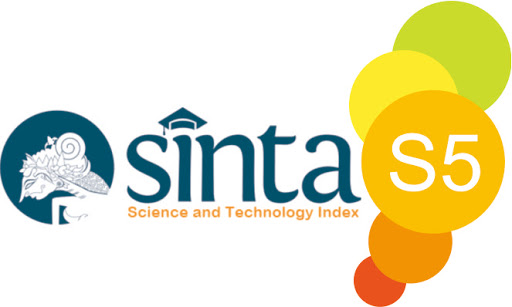SENSING OF VEGETATION STATUS USING ORTOPHOTOS IMAGE GENERATED WITH UAV
DOI:
https://doi.org/10.32734/abdimastalenta.v3i1.2340Keywords:
UAV, image processing, plantationAbstract
Indonesia's growing area of cultivation and agriculture requires a monitoring system of growing
vegetation on it. By using images captured from the top (orthophotos), the result was processed
using algorithms of digital image processing combined with machine learning in order to get the
accurate information of vegetation status. The long-term goal of this program is the establishment of
an independent business unit engaged in the field of orthophotos image sensing for the purposes of
utilization in agriculture, health, territorial mapping, mining, and industrial and governance
industries requiring sensing results taken from the upper side of the object. For application
development, agile methodology is used, while business-side planning use business model canvas
and SWOT analysis. With the geospatial orthophotos, it is possible to identify which part of the
plantation land is fertile for planted crops, means to grow perfectly. It is also possible furthermore
to identify less fertile in terms of growing but not perfect, and also part of plantation field that is not
growing at all. This information can be easily known quickly with the use of UAV photos. The
resulting orthophotos image were processed using Matlab including classification of fertile,
infertile, and dead palm oil plants by using Gray Level Co-Occurrence Matrix (GLCM) method.
From the results of research conducted with 30 image samples, it was found that the accuracy of the
system can be reached by using the features extracted from the matrix as parameters Contrast,
Correlation, Energy, and Homogeneity.
Downloads
Downloads
Published
Issue
Section
License
The Authors submitting a manuscript do so on the understanding that if accepted for publication, copyright of the article shall be assigned to Jurnal Abdimas TALENTA as well as TALENTA Publisher Universitas Sumatera Utara as the publisher of the journal.
Copyright encompasses exclusive rights to reproduce and deliver the article in all forms and media. The reproduction of any part of this journal, its storage in databases and its transmission by any form or media, will be allowed only with written permission from Jurnal Abdimas TALENTA.
The Copyright Transfer Form can be downloaded here.
The copyright form should be signed originally and sent to the Editorial Office in the form of original mail or scanned document.












